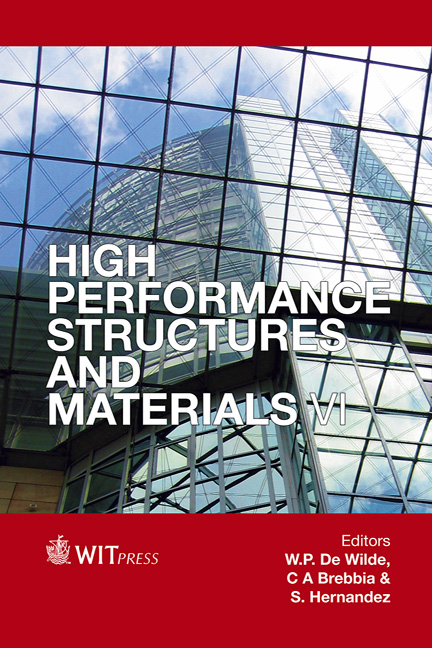High-cycle Fatigue Characteristics Of Squeezed Cast Aluminum Alloy Smooth Specimens Cut From Car Wheels
Price
Free (open access)
Transaction
Volume
124
Pages
12
Page Range
95 - 106
Published
2012
Size
2,170 kb
Paper DOI
10.2495/HPSM120091
Copyright
WIT Press
Author(s)
M. Goto, N. Teshima, S. Z. Han, K. Euh & T. Yakushiji
Abstract
High-cycle fatigue tests of smooth specimens cut from squeeze cast Al alloy car wheels were carried out to clarify the fatigue behaviour under constant stress amplitudes. In addition to this, fatigue tests under two-step stressing were performed to study the effect of stress change on fatigue damage. Fatigue cracks were initiated from eutectic Si particles and sometimes from a slip band in the matrix. But, no cracks were initiated from microscopic defects like pin-holes and shrinkage porosities. The lnl vs. N/Nf relation (l: crack length, Nf : number of cycles to failure) under constant stress amplitudes exhibited stress dependency, namely the crack length initiated at a given value of N/Nf was larger in higher stresses. With regard to the fatigue damage under two-step stressing, the cumulative cycle ratio, (N/Nf), for low-to-high block stressing was smaller than 1, however it was larger than 1 for high-to-low block stressing. The value of (N/Nf)) was closely related to the growth characteristics of a small crack. Keywords: fatigue, squeeze cast aluminum alloy, car wheel, two-step stressing, crack initiation, small-crack propagation, cumulative cycle ratio. 1 Introduction Since aluminum casting alloys have superior characteristics such as light-weight, high productivity, cost performance, recyclability, these alloys have been widely used for machine components. A serious problem for component usage of
Keywords
fatigue, squeeze cast aluminum alloy, car wheel, two-step stressing, crack initiation, small-crack propagation, cumulative cycle ratio.





